Defining what is the worst car engine is trickier than it might sound. There are terrible engines that could be more reliable or don’t have the best power output.
Then, some engines should never have gone into the cars they went into. Think of the DeLorean DMC-12 as one example, a sports car with an engine that does not befit a sports car.
This list will attempt to go through some of the worst car engines ever. Many of these were simply terrible designs, while others were terrible in their own unique way.
Oldsmobile Diesel
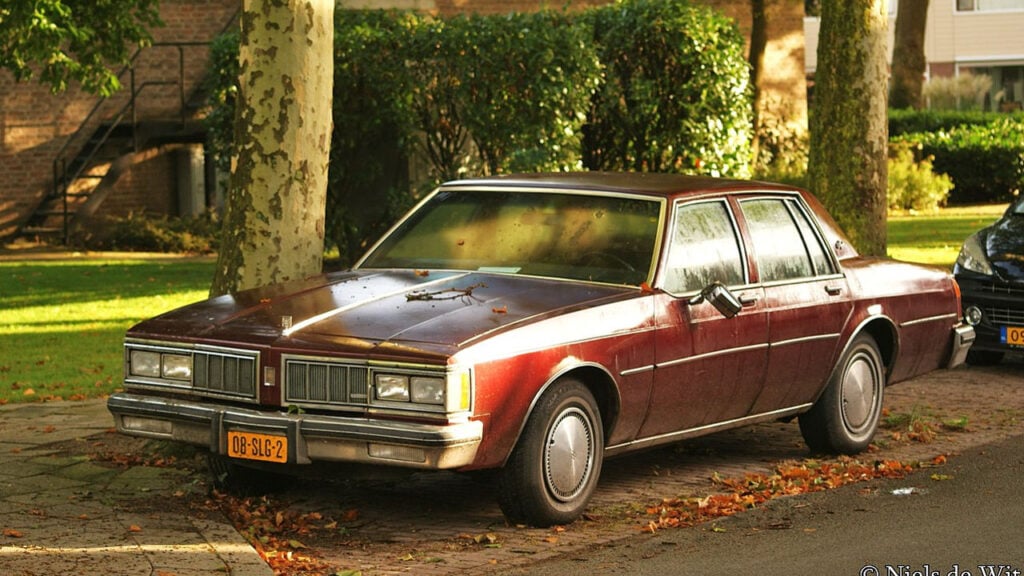
It is only now that diesel engines’ inefficiencies are beginning to shine through. But in the 1970s, Oldsmobile’s diesel engines were some of the worst as the company tried to mimic the success of diesel engines in Europe.
Oldsmobile used its 350 ci V8 as the basis for a diesel, creating a reinforced block and slapping new diesel heads onto it. Sadly, power was low at just 120 hp, and the resulting engine was loud, produced thick smoke, and would result in blown head gaskets.
Škoda 1.2 HTP
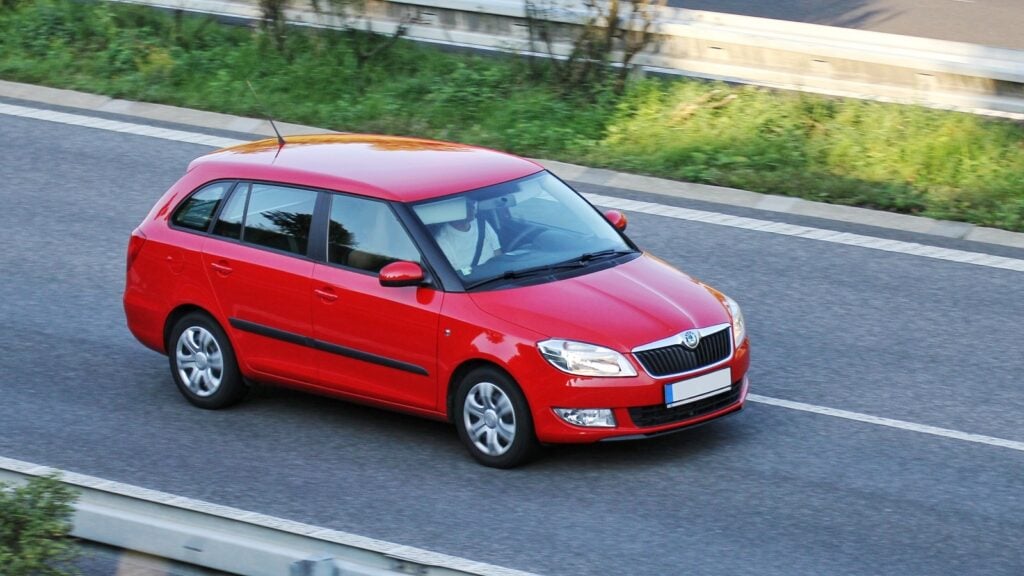
Skoda’s 1.2 HTP was in models like the Fabia and sister VW Group vehicles like the Seat Ibiza and Volkswagen Polo. While a good engine for compact cars, mechanical problems were too familiar with the HTP.
One of the most significant issues was the weak hydraulic tensioner on the timing system, allowing the chain to jump a tooth or two even when the car was on a slope and parked. Oil and valve consumption was another issue, and when VW tried to fix the issue, new problems with the butterfly and EGR valves would emerge.
Jaguar V12
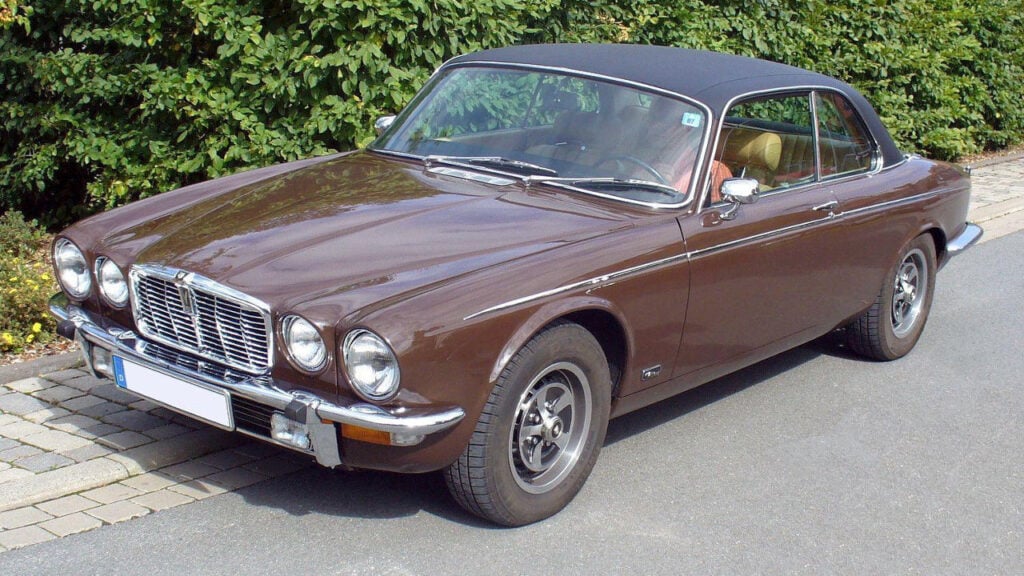
We can hear the screams as we mention the Jaguar V12 on a list of bad engines. But the reality was that, while a fine piece of machinery, Jaguar’s V12 had problems. In the E-Type/XK-E, issues were relatively minor, but it was in later models, such as the XJ-S and XJ-12, where the big problems lay.
The cooling system needed to be better. It was not helping that it was very complicated for mechanics to fix should an issue arise. Keeping a Jaguar V12 running in tip-top condition can quickly become a costly exercise, so be wary of that should you own a V12 Jag.
Fiat 1.3 MultiJet 1st generation
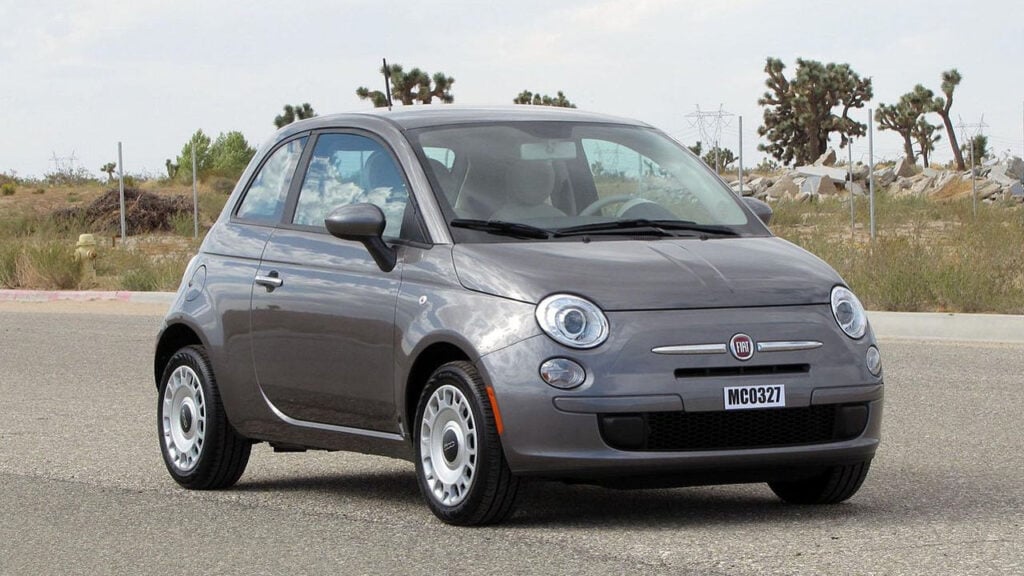
The Fiat 1.3 MultiJet is the engine most notably found in the modern Fiat 500. Still, it also appears in the Fiorino and Punto, the Alfa Romeo MiTo, and the Opel/Vauxhall Astra.
The biggest issue with the first generation of this engine is its horrific oil consumption. Fiat said the engine would need an oil change at 30,000 miles, but many owners found that they would have to do so at 20,000 miles. Also, the first-generation MultiJets are prone to breaking their timing chain and leaking coolant into the cylinders.
Mazda Miller Cycle V6
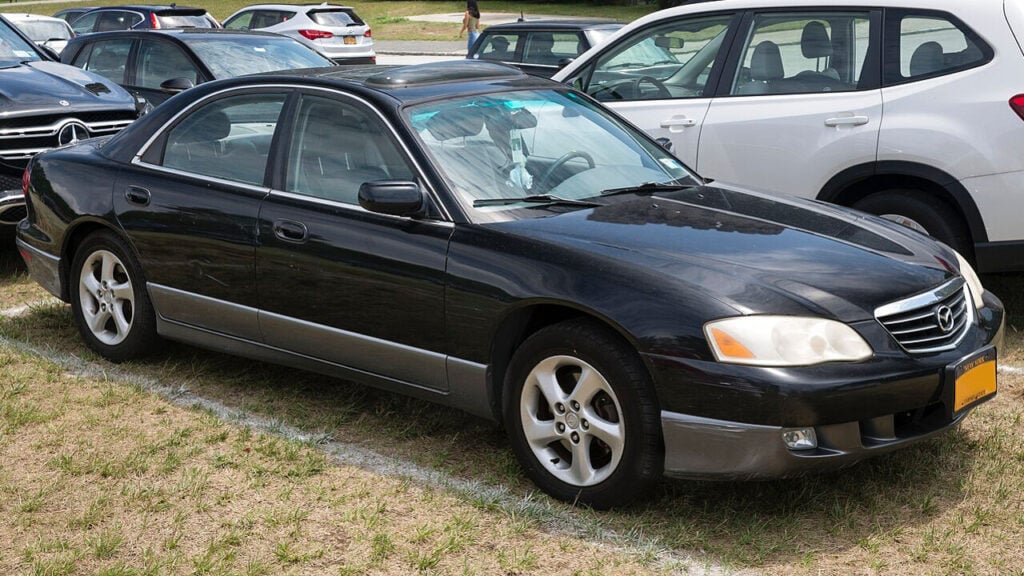
Mazda is no stranger to unusual or different engines. Check out the Wankel-Rotary found in cars like the RX-7 or the Le Mans winning 787B. In the late 1990s, Mazda decided to create a new V6 engine that utilized the Miller Cycle, creating a 2.5-liter supercharged V6 under the hood of the Mazda Millenia.
The Miller Cycle sees compression happen in two stages, leaving the intake valve open longer. The supercharger is a requirement to maintain compression to boost efficiency. While that sounds great, the supercharger causes significant oil consumption, and bad superchargers were a common problem with Millennia. However, the supercharger was less of a problem in the slightly sportier S model.
BMW / PSA 1.6 Prince
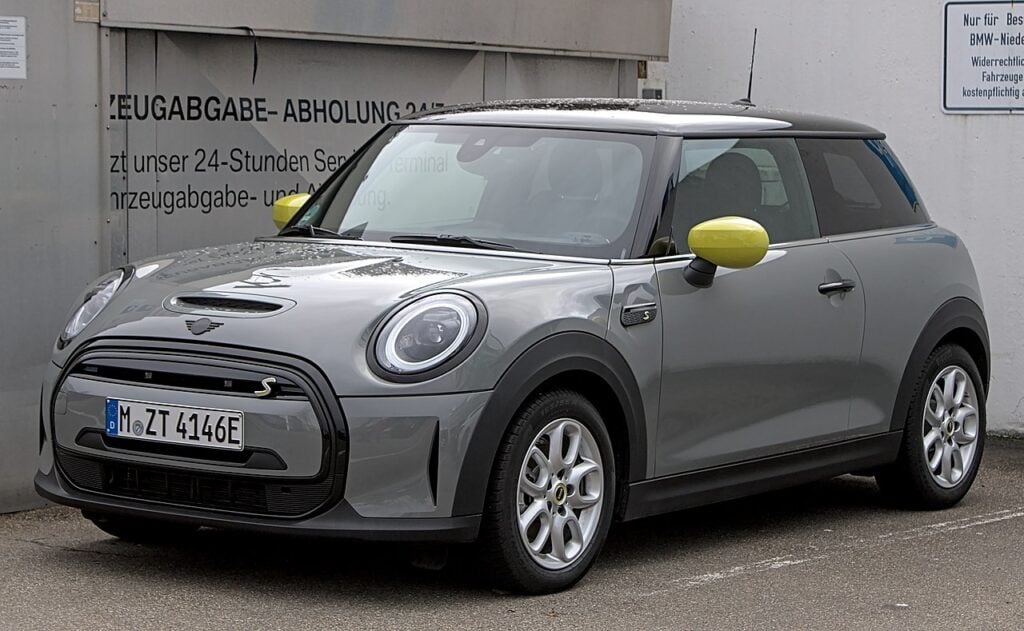
The PSA 1.6 (Peugeot-Citroen) engine under the hood of modern Mini Cooper and Mini One models. Co-produced with BMW, this unusual mix of automotive manufacturers produced an engine that was difficult to maintain, particularly from 2006 to 2010.
The timing system is a particularly weak point for the engine. Over time, the timing belts in the 1.6 Prince start to slacken up, which means the engine is not as smooth as it was when it left the factory. If you have the misfortune of owning a turbocharged version, soot can get all over the engine and cause a noticeable loss of power.
Cadillac Northstar V8
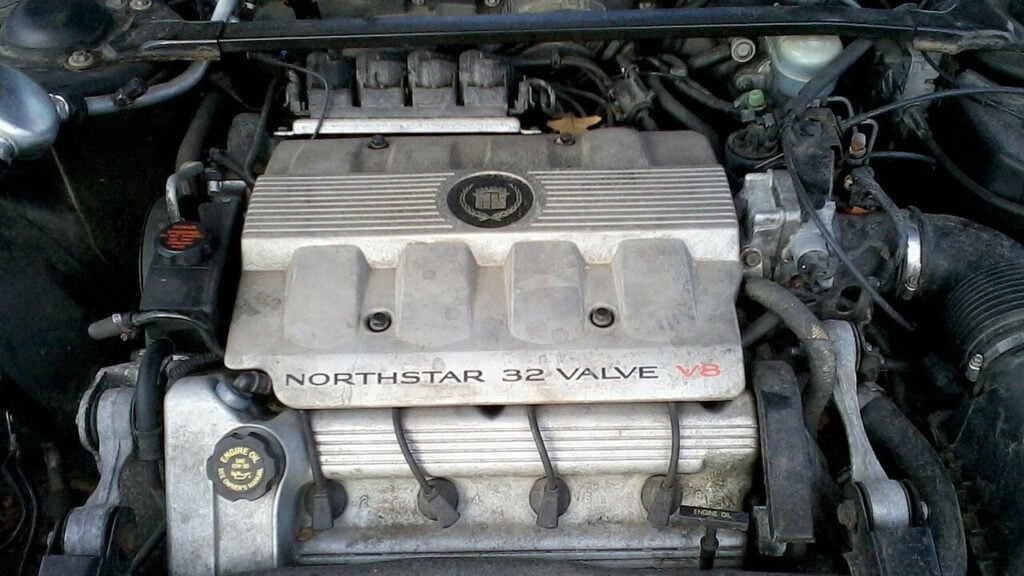
The Northstar V8 was Cadillac’s first dual-overhead cam engine, and it helped the American manufacturer catch up with some of its rivals in Europe and Japan. Sophisticated and powerful, the Northstar V8 was a potent engine.
Early engines had 295 hp, but in the XLR-V Roadster and the STS-V, this increased to 469 hp. However, despite its sophistication, the Northstar V8 had some significant problems. The most problematic of these was the blown head gaskets installed in the engine with a single-use product that also stretched during the installation process. However, stretching would occur during the car’s use, leading to coolant leaks, overheating, and, ultimately, to the blown gaskets.
Ford 1.0-liter EcoBoost

The latest generation of Ford EcoBoost engines are some of the best on the market. The EcoBoost V6 under the hood of the Ford GT was the best of the bunch. But from 2018 to 2022, the small EcoSport SUV also had an EcoBoost engine, with the car built by Ford in India.
The EcoSport could have been a better car, but the engine was much worse. The belt that drove the oil pump would often wear out exceptionally quickly or loosen themselves up. The issue became so concerning that the NHTSA would open an investigation to prevent a similar problem in North America.
Volkswagen / Audi 2.5 TDI V6
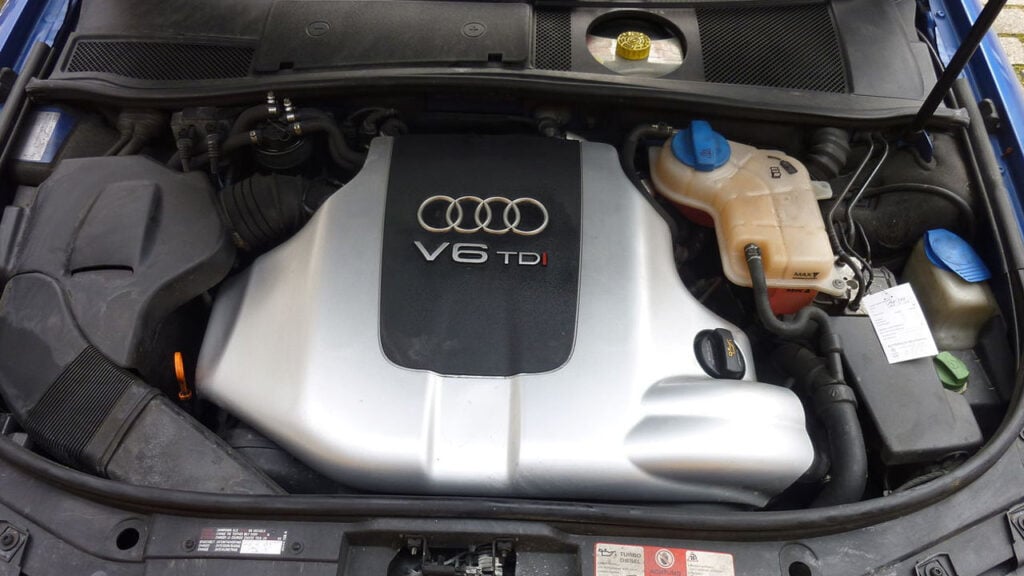
The 2.5 TDI V6 engine is widely used in older Volkswagen Passats and the second-generation Audi A6. Despite both cars being good, solid daily drivers, flaws with the V6 engine are well documented. The construction of the cylinder head meant that the camshafts suffered and would wear out rapidly.
That issue is down to oil changes needing to occur more regularly. Audi and the broader Volkswagen Group umbrella were unaware of this, and it was only when owners worked it out for themselves that the problem became widely known. Changing the oil more frequently will work around the problem; however, that isn’t something consumers should have to do.
Triumph V8
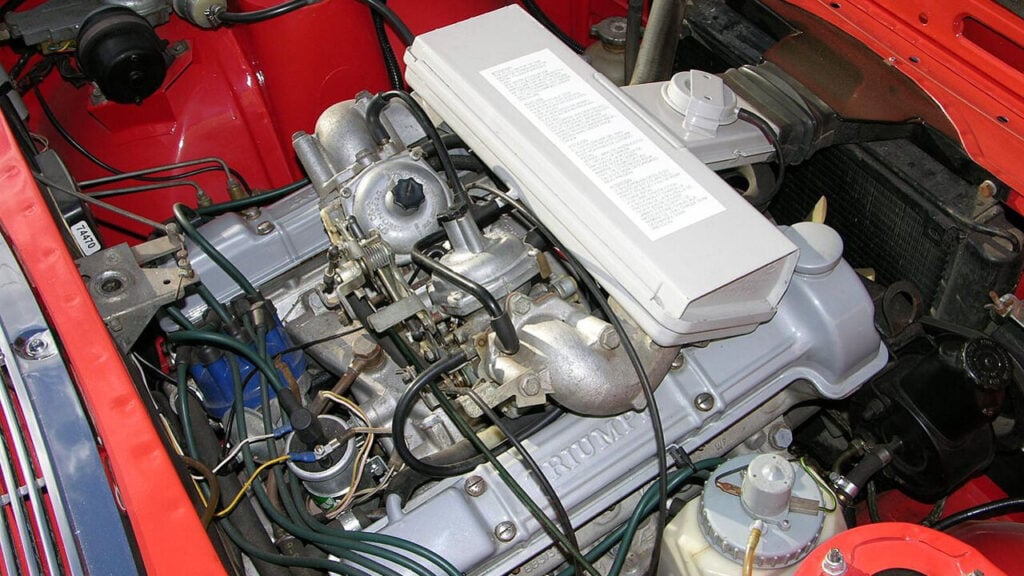
The 1960s and 1970s were an up-and-down time for British motoring. Some exceptional cars came out of the country, but poor quality control and build quality blighted many cars. Another to suffer was the Triumph V8, found in the Stag and also sold in the United States.
Instead of using the famous Rover V8 as its basis, Triumph built their own version of a V8 from scratch. While that itself wasn’t an issue, retaining the placement of the water pump from Triumph’s existing four-cylinder was. With the engine block now tilted to create the V8, the high-sitting water pump became starved of cooling water. Any leaks would cause the pump to go dry, resulting in engine overheating and, ultimately, an engine failure.
Cadillac V8-6-4
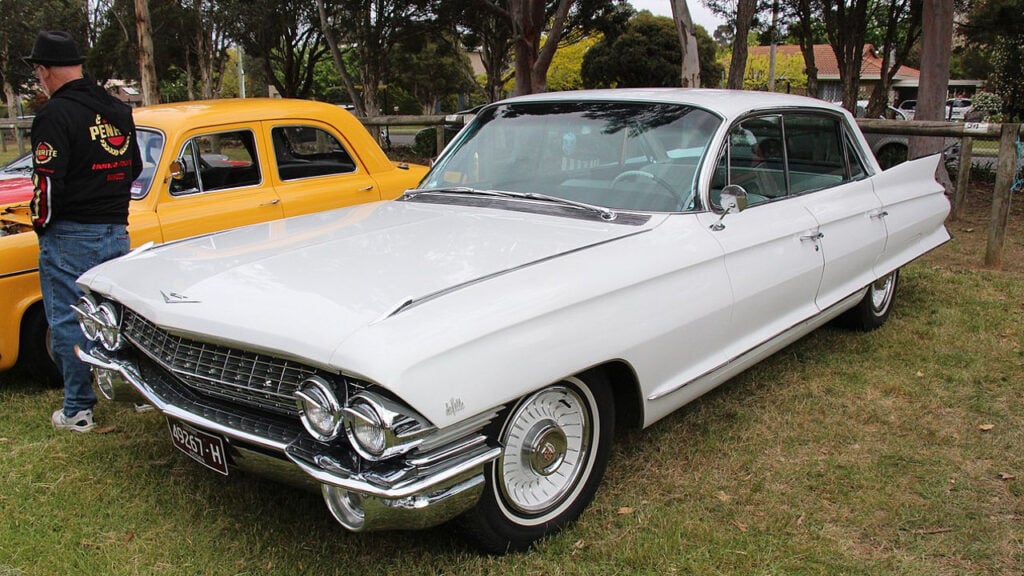
Cadillac is a pioneer of the V8 engine, producing them since 1914 and forging a legendary reputation with its eight-cylinder block. However, in the 1980s, Chrysler V8s became big, lumbering engines with low power outputs thanks to the various gas crises of the 1970s and the rise in oil prices.
The V8-6-4 was the nadir of these big, underpowered engines. It was a clever engine, using an array of sensors to monitor the engine, which could then shut down cylinders to help save fuel by turning the engine into a V6 or four-cylinder. Sadly, the 1970s-built computer was too slow to keep up with the engines, and the entire system was prone to failure. Many owners had the system stripped out of their Cadillacs when they came in for a service.
GM 3.6 High Feature Engine
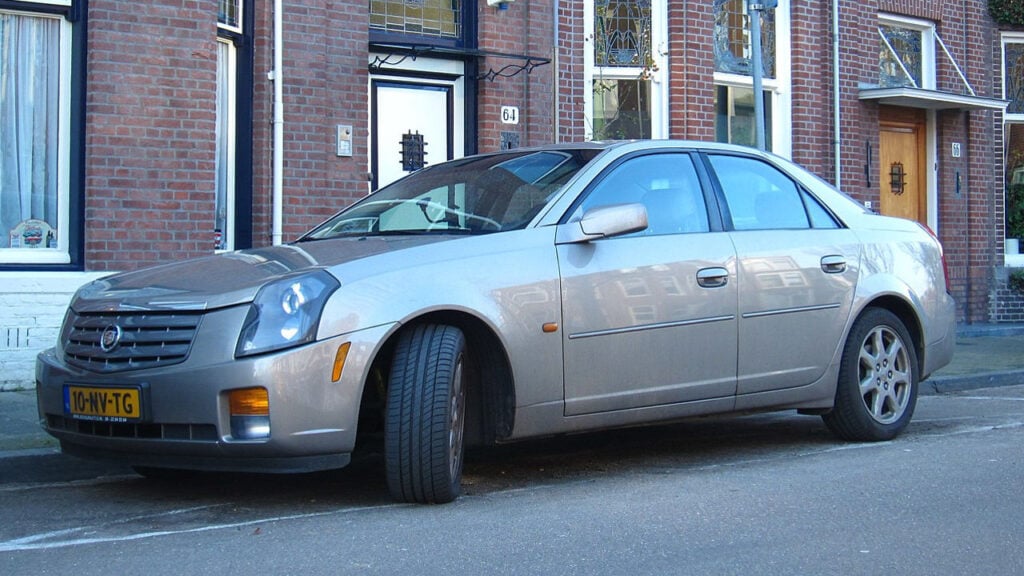
General Motors is one of the finest engine manufacturers in the world. While things have been good for the most part, the 3.6 High Feature engine that debuted in 2004 has had its fair share of problems.
From 2007 to 2010, the timing chain of vehicles such as the GMC Acadia was also known to stretch and stretch, causing a check engine light to come on and a large rattle under the hood. The rattle was at its worst when the car was idling. Should you carry on regardless, misfires and metal shavings in the oil would appear, potentially leading to a total failure of the High Feature engine.
Chrysler 2.7 V6
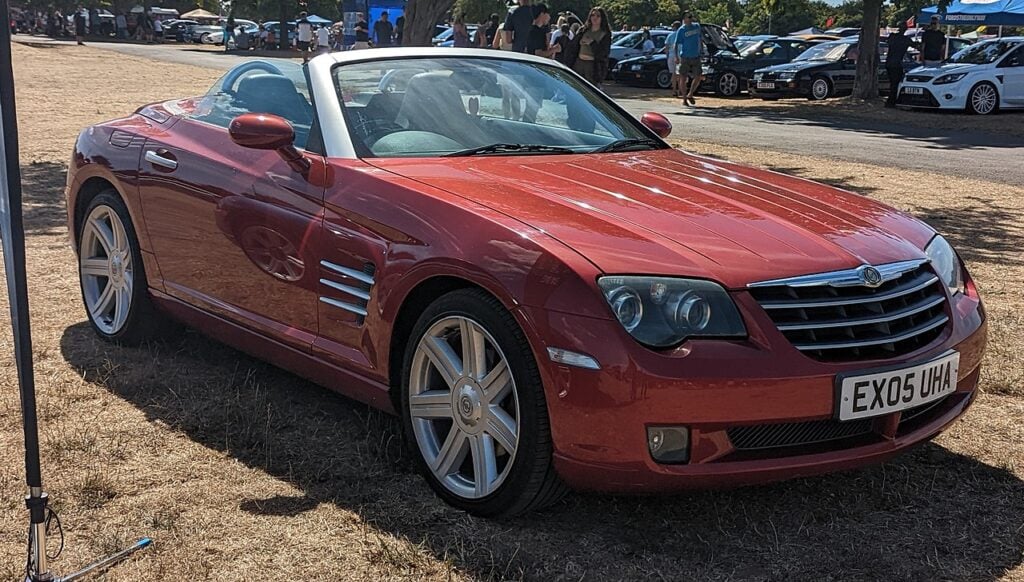
The LH 2.7-liter and 3.2-liter V6 engines were in a wide array of Chrysler cars from 1998 to 2007. Cars such as the Sebring and Intrepid would carry the powertrains, but the 2.7-liter V6 would soon prove problematic and annoying.
Sludge would build up in the engine’s crankcase, and the NHTSA would recieve over 400 complaints about the issue. Engine repairs were not cheap, and Chrysler was soon forced to recall 1998 to 2002 models with the troublesome V6 under the hood. The problem was soon traced to a poorly designed water pump that leaked coolant into the crankcase.
Ford Triton 5.4

Given the often impeccable reliability of the Ford pickup truck engine, it might be a surprise to see the Triton 5.4 engine on this list. The 5.4-liter V8 is in various versions of the F-150 pickup truck and millions of individual vehicles.
Like the Chrysler 2.7-liter V6, the Triton 5.4 is also known to produce a large amount of sludge, which builds up in oil passages. The knock-on effect causes issues with the cam phasers required for the variable valve timing, creating a ticking sound and trouble codes regarding a cam and crank mismatch. If left alone, you could one day find that your truck’s engine has given up and suffered a major failure.
Subaru 2.0D

Japanese manufacturers are famous for their reliability and dependable engines. So, seeing the Subaru 2.0D on this list is a shock—the 2.0D is a Subaru diesel engine. Still, it differs as Subaru wanted to retain its traditional and famous boxer engine layout.
While it felt good on the move, the first generation of the engine presented an exciting array of problems. Injectors within the engine would fail early on, and like other diesel engines, oil soot was a significant issue. The particulate filter also required a lot of attention, more than Subaru suggested that it would. Thankfully, the later Subaru diesel engines would provide much better service.
2.85-Liter PRV ZMJ-159 V6
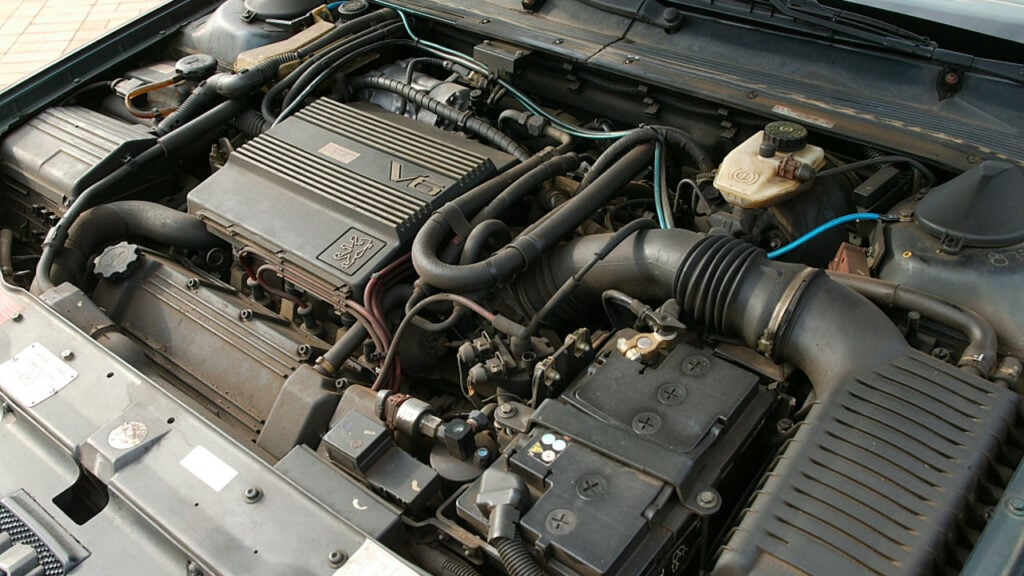
The PRV V6 is an engine developed jointly by Peugeot, Renault, and Volvo Cars. It was also used in the DeLorean DMC-12 sports car. The engine was in production from 1974 to 1998, but it became most famous in the DMC-12 thanks to its average performance figures.
The PRV V6 would only produce 130 hp and 153 lb-ft of torque in a car labeled as a sports car. This would lead to an unsatisfactory driving experience for many, but the engine also suffered from a lack of quality control, mainly on DeLorean’s part. Had a more powerful engine gone into this 1980s icon, it might have achieved the success it deserved. Sadly, the small V6 let down the DMC-12.
Saab 2.0 and 2.3 Turbo
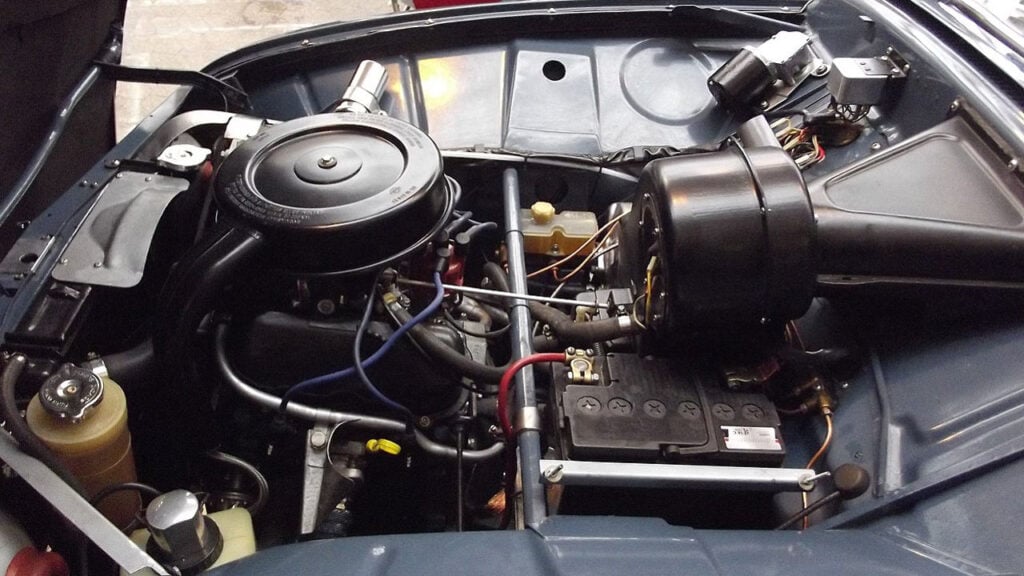
Seeing Saab on this list might shock some, but even the best get it wrong on occasion—the 2.0 and 2.3 turbo had the engine codes B204 and B234, and you could find these engines under the hoods of the Saab 900, 9-3 and the 9-5.
Owners, however, found themselves opening their wallets more than they anticipated. The problem was that the front of the engine overheated easily, thanks to poor heat management. The turbocharger’s thermal insulation was also an issue, and the high temperatures could cause the crankshaft bearings to move. The B204 and B234 engines also suffered from excess sludge formation under the hood.
Honda CVCC Four-Cylinder
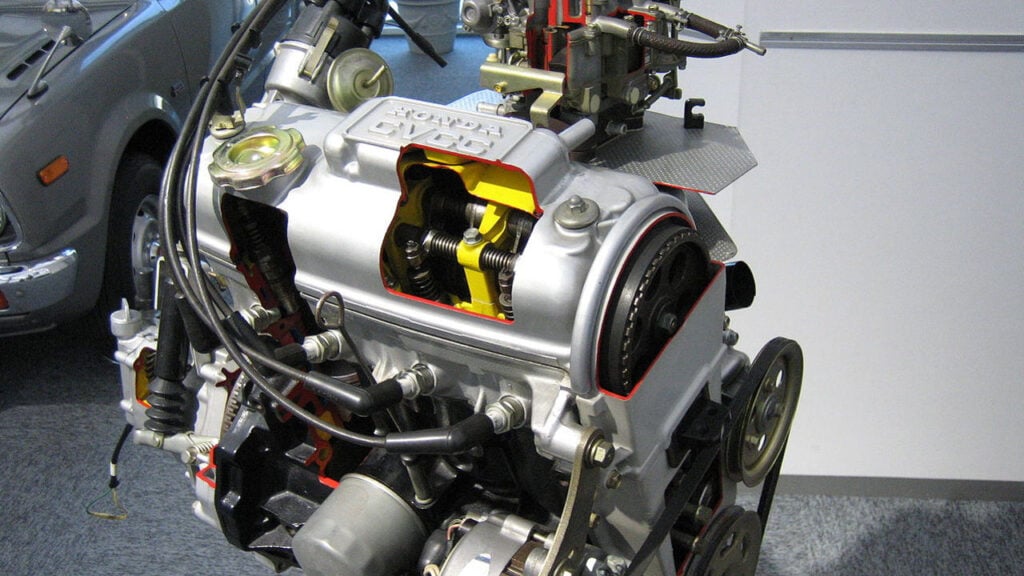
Many will also be quite surprised to see a Honda engine on this list. The CVCC four-cylinder, however, was not without its faults. The 1751 CC engine, found in the original Honda Accord, would develop a head gasket leak between the third and fourth cylinders every 30,000 miles or so.
A user on Hagerty said that within 60,000 miles of driving his 1977 Honda Civic CVCC, the engine had eaten through three water pumps and blown a head gasket. Following this, the engine never ran correctly, and the CVCC was quite clearly not Honda’s finest hour. It was a rare blip on a near-perfect record, but it is far from the worst engine Honda has ever produced.
2015 Honda RA615H
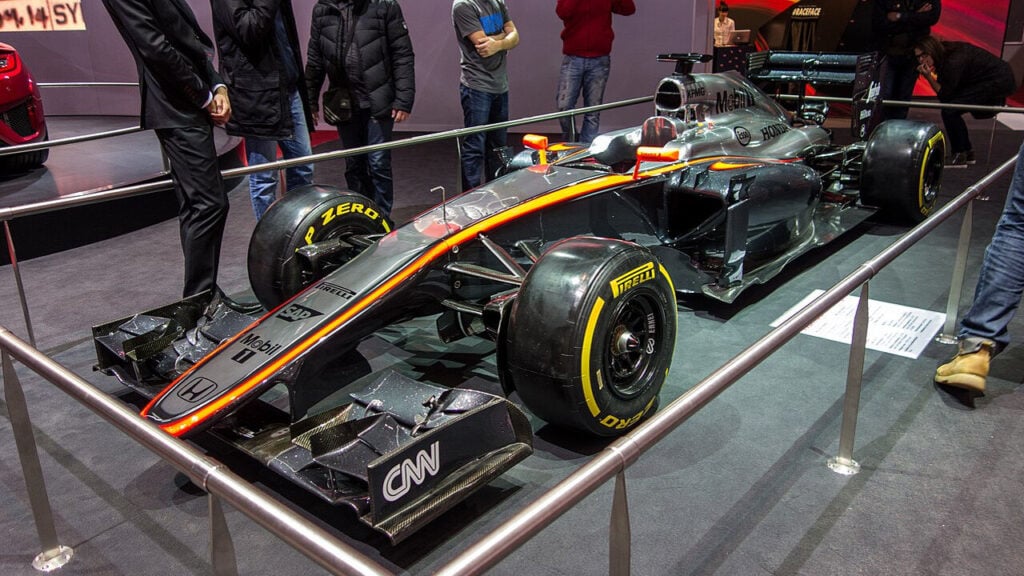
In 2015, Honda returned to Formula 1 by partnering up with McLaren as a works engine supplier. Pre-season, McLaren had excited Honda’s new V6 turbo-hybrid engine, but it was nothing short of a disaster.
On the first day of pre-season testing, the Honda engine suffered from various mechanical faults, and across the whole of winter testing, the MP4-30 that ran the engine broke down multiple times. The season was a disaster as McLaren finished ninth in the World Constructor’s Championship. However, it wasn’t all Honda’s fault, as the manufacturer was forcibly pushed into returning to the sport one year early. It had hoped to enter with McLaren in 2016, but the British team wanted them sooner than that.
Opel 2.2 16v Ecotec
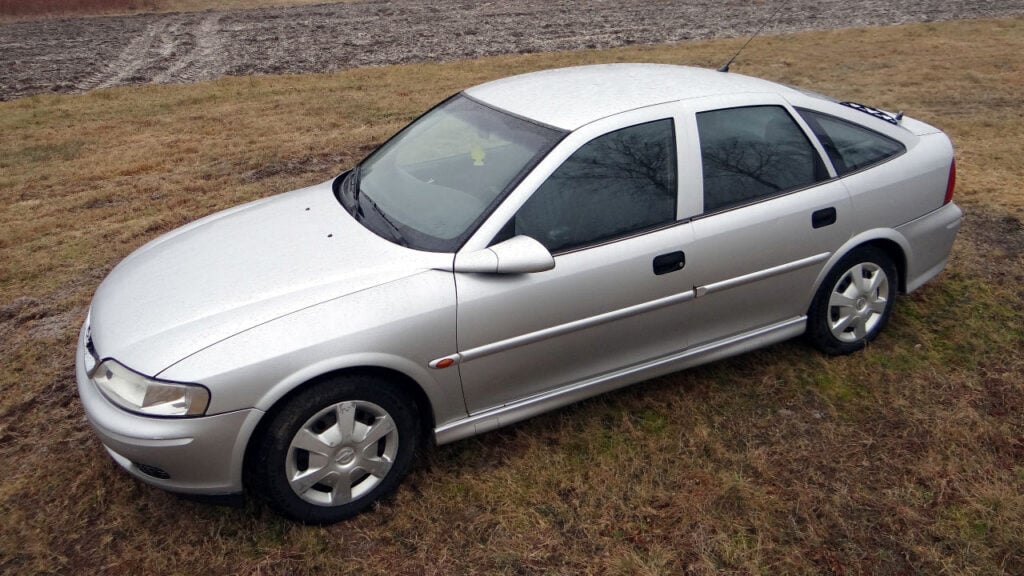
The 2.2 16 Ecotec engine is in the Opel Vectra and Signum, but it is also under the hood of the Chevrolet Malibu and Pontiac G5. One advantage of the X22 versions of the engines is that they come with timing belts and not chains, making them much easier to maintain.
But the Z22 engines cause the most significant problems. The complex timing system can lead to the tensioner wearing out, which is then amplified by the faulty injection system. Other engines would suffer from excessive fuel consumption, and the problem found its way into other North American models, such as the Saturn Vue and Chevrolet Cobalt.
2017 Honda RA617H
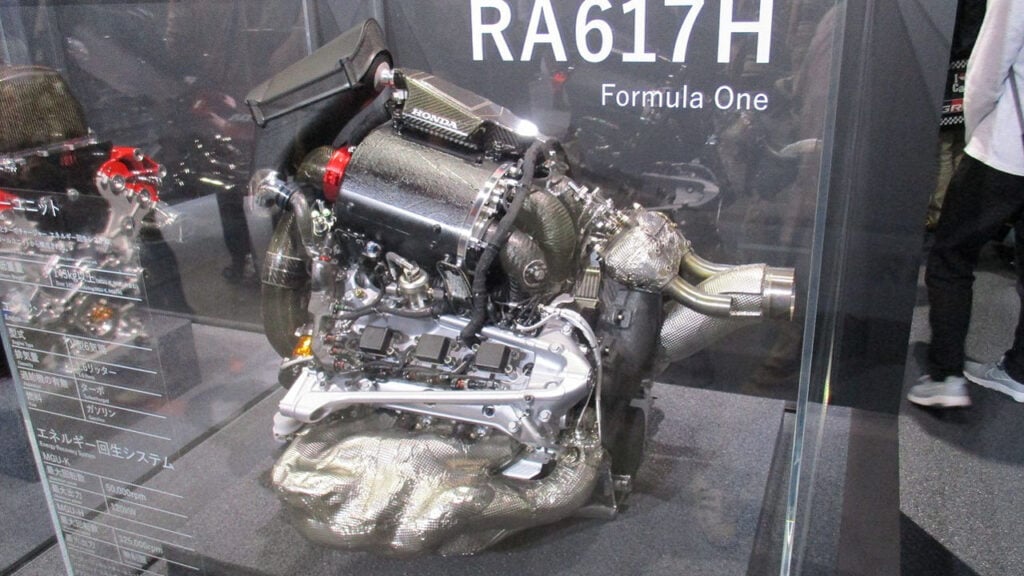
Another poor engine from Honda and its time with McLaren in Formula 1. Honda had enjoyed a much more competitive 2016 season, and the 2017 engine in the McLaren MCL32 was the engine to launch the team and engine supplier up the grid.
But it was again another tough season for McLaren-Honda. The cars were slow and unreliable, and pre-season testing saw a near-repeat of the horrible 2015 winter testing that McLaren and Honda went through. McLaren would again finish ninth in the championship, and at the end of the year, McLaren left Honda as the Japanese manufacturer moved to Toro Rosso and then Red Bull. That has, however, worked out quite well.
Alfa Romeo 2.0 TwinSpark 16v
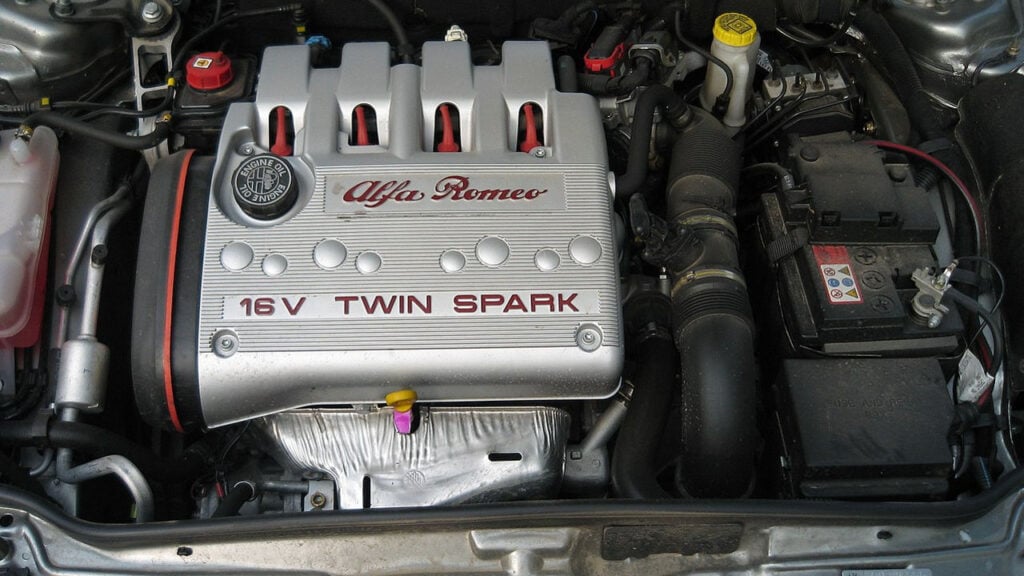
Engine problems in an Alfa Romeo are not uncommon, although some of the stereotypes are perhaps a little unfair. However, the TwinSpark 16-valve powertrain can cause a particular set of problems in the 2.0-liter form.
Out of all TwinSpark engines, these are the most fragile. Oil change intervals need to happen more regularly then Alfa Romeo themselves say. The engines also hate running in cold conditions unless adequately warmed up. Failure to do this can result in the engines breaking down in quick acceleration scenarios, and the timing belt will need replacing every 35,000 miles.
Ford Lima
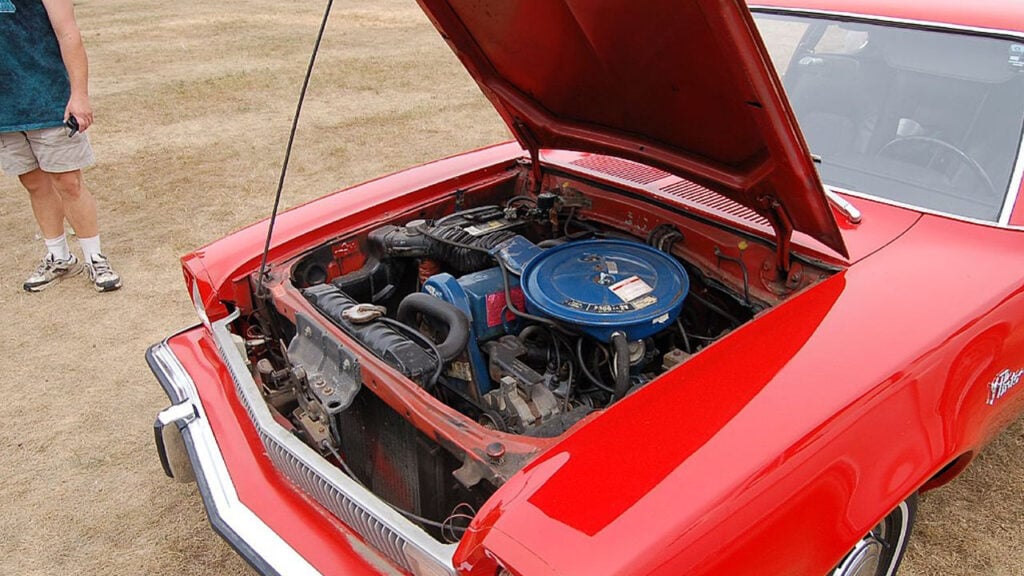
The Ford Lima is one of the rare occasions that the Blue Oval has gotten quite badly wrong. The biggest issue was that when placed under the hood of the Mustang, they could produce as little as 89 hp.
A muscle car is of course meant to be loud, powerful, and brash, so an engine producing just 89 hp is never going to cut it. But sadly, the Lima would find its way into other vehicles, too, such as the Ranger pickup truck, the Aerostar vans, and the Pinto. Near the end of its run, Ford squeezed out 205 hp under the hood of the Mustang SVO.
Mazda 1.3 Renesis
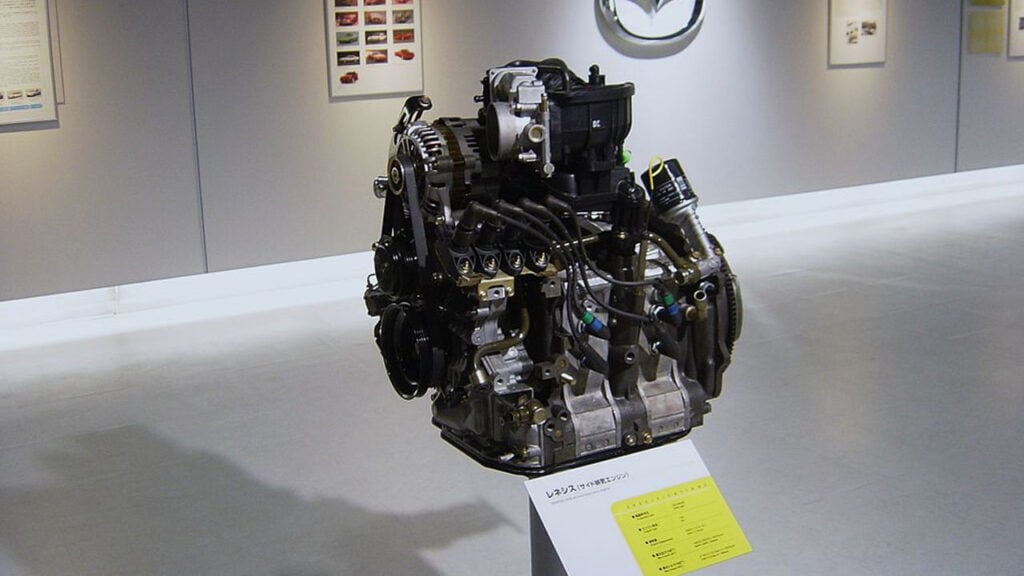
This engine would find its way under the hood of the Mazda RX-8, proving the nadir of what was otherwise a great sports car. That is perhaps unfair, though, because many of the problems with the RX-8 are down to faulty ignition coils, not the actual 1.3 Renesis engine.
When you have an agile sports car with a rotary engine producing 238 hp, then you still have a great baseline. There was the usual high oil consumption that is common with rotary engines. But thanks to the ignition coil problem, Mazda would throw away many perfectly usable Renesis engines. So the Renesis is a lousy engine because of an unfair reputation, not because it could have been better.
- SEO Powered Content & PR Distribution. Get Amplified Today.
- PlatoData.Network Vertical Generative Ai. Empower Yourself. Access Here.
- PlatoAiStream. Web3 Intelligence. Knowledge Amplified. Access Here.
- PlatoESG. Carbon, CleanTech, Energy, Environment, Solar, Waste Management. Access Here.
- PlatoHealth. Biotech and Clinical Trials Intelligence. Access Here.
- Source: https://teslatale.com/all-time-worst-car-engines/
